David Bell reviews Dani Putney’s debut collection, “Salamat Sa Intersectionality”
Read MoreSara Hailstone explores the reflection of Margret Atwood’s contemporary fiction in ongoing resistance tactics used under the 2016-2020 Republican Administration, while linking to wider international movements through the lens of Srecko Horvat’s theory.
Read MoreDavid Bell reviews the Phill Provance’s new collection, A Plan in Case of Morning.
Read MoreThoughts on the events surrounding the death of George Floyd
Read MoreThe recently released Gregory Corso: The Gold Standard, from Unrequited Records, is a thrilling record worthy of Corso’s important legacy. Here, we take a look at what makes it so special.
Read MoreIn the final installment of this series, we take an in-depth look at the poetry of Robert Creeley (pictured, right) and Robert Duncan (left) in relation to social mobility and revolution through the lens of Walter Benjamin’s Arcades Project.
Read MorePart 2 of a 2 part series, we take a deep dive into how the music of Lester Young and Thelonious Monk influenced the work of the Beat Prophet, Allen Ginsberg. This section focuses on Thelonious Monk and Ginsberg’s return to New York.
Read MorePart 2 in a 3 part series, this piece explores the relationship between the two texts, using the poetry of Philip Whalen, John Ashbery, and Allen Ginsberg to demonstrate how the ideas Walter Benjamin presents in the Arcades Project can be applied to modern America.
Read MoreProtest. The Aesthetics of Resistance is a vital collection of essays for this age of social movement. Though, overwhelming, its scope and energy are key to making lasting impacts in the sociopolitical realm.
Read MoreDonald Allen (pictured) set out to create an anthology to capture the explosion of creativity happening in American poetry at the mid-century. While doing so, he created a mid-century time capsule in the same way Walter Benjamin did for 19th century Paris in his Arcades Project. In this 3 part series, we explore the relationship between the two texts.
Read MoreIt is a time of and for revolution. Poetry must reclaim its space as a bringer of social change if it is to maintain its vitality in advancement of the new century. We can do this by cutting away the history of the art that holds it back.
Read MoreAllen Ginsberg and his fellow Beat poets drew heavily from jazz, both in their work and in their lives. In this 2 part series, we take a deep dive into how the music of Lester Young and Thelonious Monk influenced the work of the Beat Prophet.
Read MoreImagism was a radical form of poetry that broke with preceding poetic tradition. Here, we see how Ezra Pound’s guidelines for Imagism form a radical break from the Decadent movement of the 1890’s.
Read MoreLeonard Cohen enjoyed fame as the darling of the Canadian poetry scene before becoming one of the most successful songwriters of his era. Here, we discuss how his poetry differ from his lyrics and how he fits into the modernism of the mid-century, if at all.
Read MoreThe life cycle of modernism can be traced through its manifestos. From Ezra Pound, Charles Olson, and beyond, the manifesto in modernism has been a way to introduce radical new ideas
Read More














